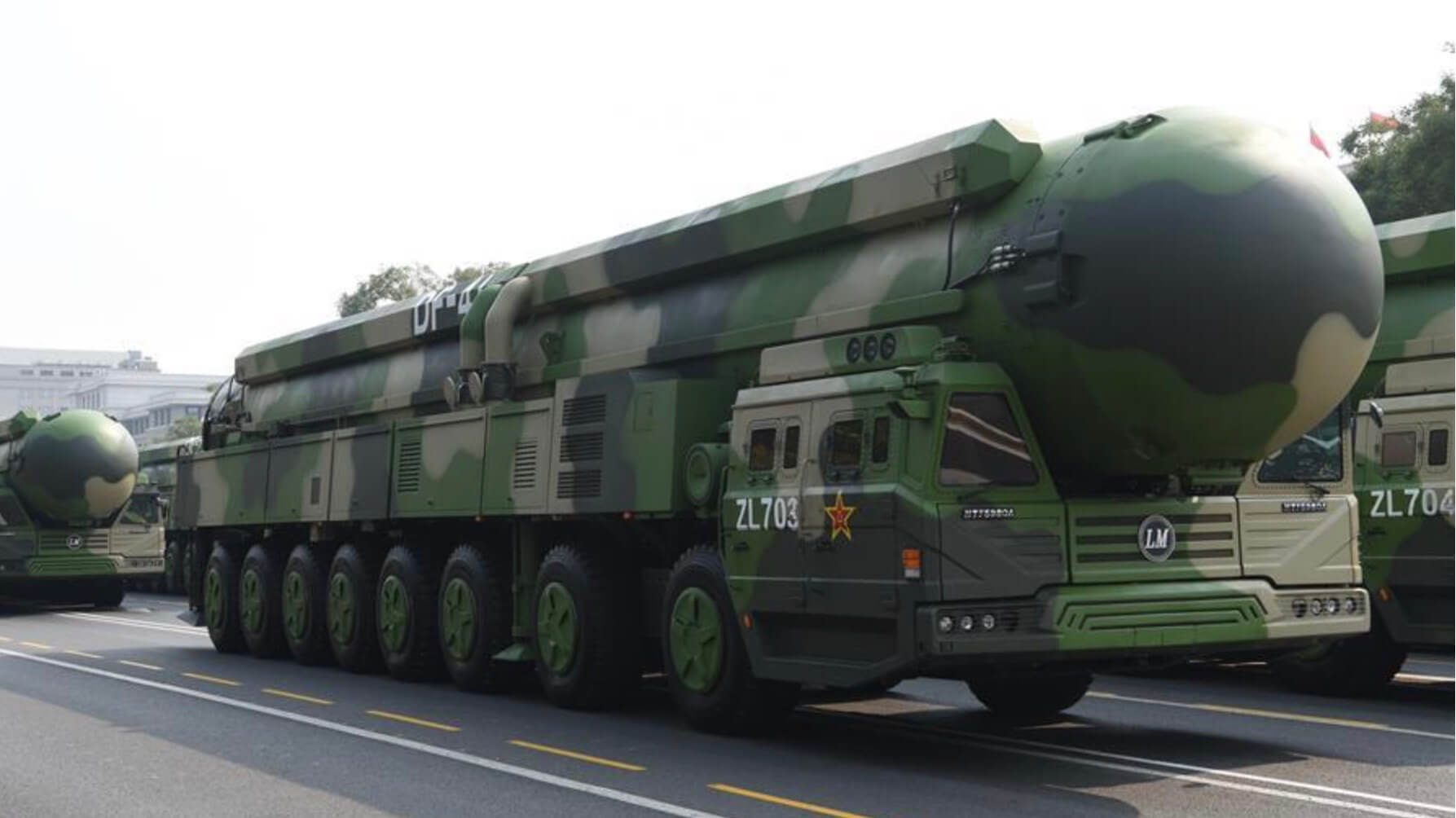The international sphere is currently shaken by the rapid evolution of the nuclear arsenal of the People's Republic of China. Over the past four years, China has drastically increased the size of its arsenal, reaching a staggering 40% growth. This raises pressing questions about how other nations around the world will react to this silent yet deeply concerning ascent.
Investments and nuclear deterrence: the breakdown of French funds
In France, the situation is being closely monitored. Senators Cédric Perrin and Hélène Conway-Mouret, in charge of the report on program 146 "Equipement des Forces", have detailed the breakdown of investments in the Military Programming Law (LPM) from 2024 to 2030. Of the 413 billion euros planned, they estimate that almost 50 billion, or 12%, will be allocated to renewing the two components, oceanic and airborne, of France's nuclear deterrent.
This estimate is based on careful analysis by the parliamentarians. However, it must be stressed that the exact budget is not clearly defined in the text of the bill. This raises questions about the precise details of future investments in this sensitive area. These investments, amounting to 7 billion euros per year between 2024 and 2030, are essential to prepare the future of French defense. In particular, they will enable us to develop the next generation of nuclear-powered ballistic missile submarines (SNLE 3G, scheduled for 2035), and to continue modernizing the M51 sea-to-ground ballistic missile, as well as the successor to the upgraded ASMP-A (Air Sol Moyenne Portée - Amélioré). These investments also include the modernization of transmissions, a crucial aspect often overlooked.
However, during the examination of the draft LPM in the French National Assembly, debate intensified around this massive expenditure in favor of nuclear deterrence. Armed Forces Minister Sébastien Lecornu defended France's strategy, asserting that it applies "one of the most readable doctrines in the world". He reiterated that France's deterrent is "defensive, strictly sufficient and capable of causing unacceptable damage to the opposing party".
World nuclear arsenal: a rise in power in Asia
Meanwhile, other nations don't seem to be asking themselves as many questions. The UK and Israel, despite possessing nuclear weapons, have maintained their respective arsenals at constant levels. The Indo-Pacific region, however, is a different story. According to the annual report of the Stockholm International Peace Research Institute (SIPRI), several countries have significantly increased the size of their nuclear arsenals. Pakistan is currently believed to possess at least 170 nuclear warheads, a significant increase on the previous year. India, meanwhile, is not standing still. Although more discreet about its nuclear ambitions, the country has increased its arsenal with a further 34 nuclear weapons, bringing the total to 164 weapons by 2023.
China's meteoric rise and its implications for global security
Nevertheless, it's China that worries most. Its arsenal has grown phenomenally, increasing by 41% in just four years. According to SIPRI, the Chinese People's Liberation Army now possesses 410 nuclear warheads, making it a major player on the global nuclear chessboard.
"SIPRI's estimate of the size of China's nuclear arsenal has grown from 350 warheads in January 2022 to 410 in January 2023, and is expected to continue to grow," warns the report. This indicates a significant shift in Chinese doctrine, traditionally based on limited deterrence, effective defense and concentrated counterattack on the adversary's strategic sites.
This meteoric expansion of China's nuclear arsenal could prompt India to increase its own, exacerbating an already tense rivalry between the two powers. It could also complicate disarmament talks between Russia and the United States, which between them possess 90% of the world's nuclear weapons.
In this context, the global balance of nuclear deterrence appears to be on the verge of tipping. Nations are now faced with a dilemma: how to respond to the meteoric rise of China's nuclear arsenal without fuelling a new nuclear arms race? The question remains open.
Découvrez cet article sur Air&Cosmos

